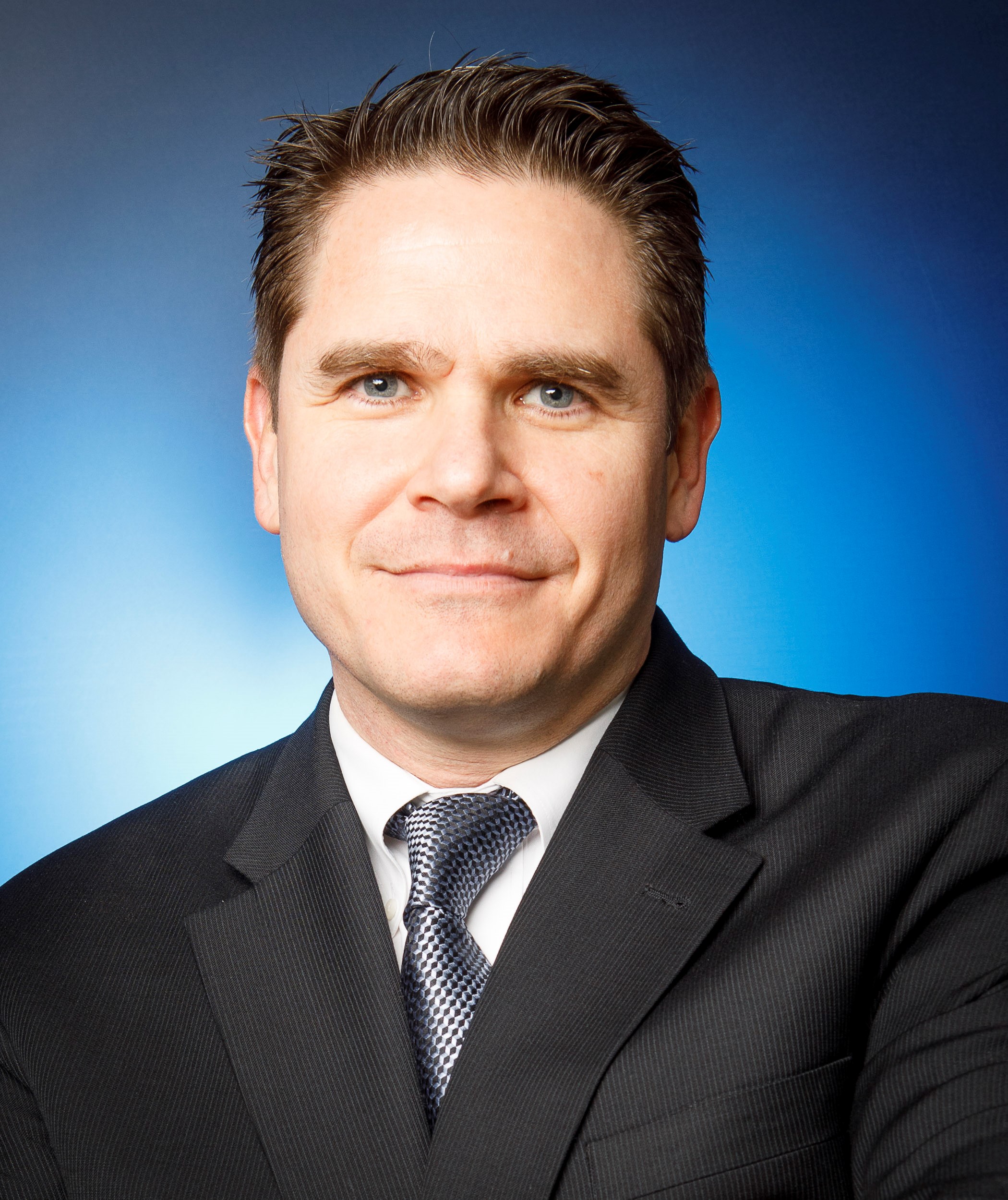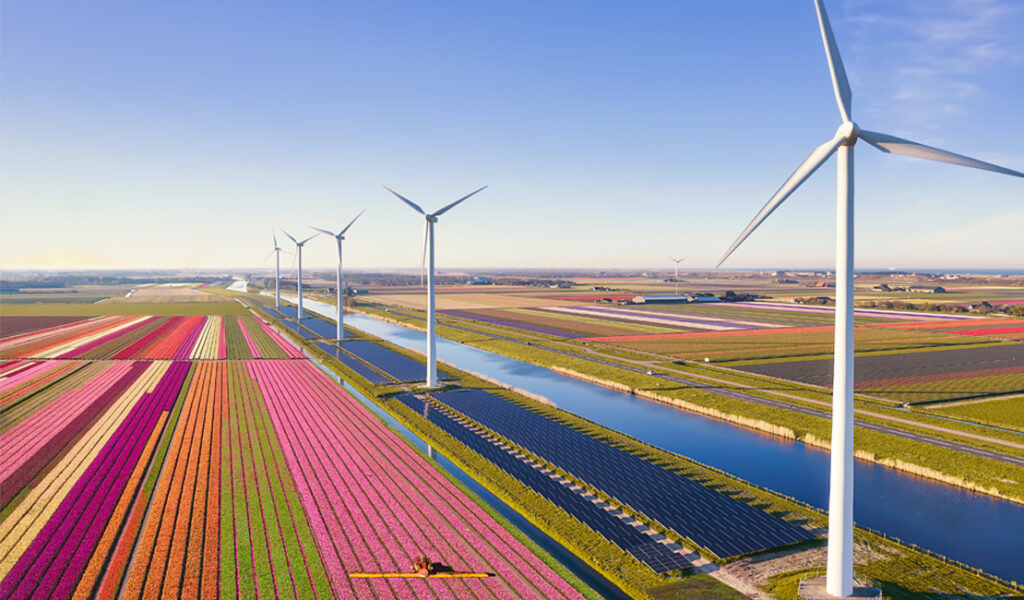By 2050, nearly all of North Jakarta could be underwater due to excessive groundwater extraction that’s causing the city to sink by as much as 10 inches per year. On top of that crisis, pollution and traffic congestion problems are costing Jakarta, currently the capital city of Indonesia (Indonesia recently passed a law to relocate the capital to the island of Borneo), trillions of dollars annually and undermining the health and well-being of its nearly 11 million residents.
But Jakarta has a chance to change its future for the better once its new Mass Rapid Transit (MRT) system, decades in the making, is running strong. The MRT, which should be completed by 2030, will consist of 10 lines covering 325 kilometers and serving about 30 million people in the Java region.
The MRT “will become the backbone of Jakarta” and make the city less centralized, said William Sabandar, CEO of MRT Jakarta, in a recent interview with VISION by Protiviti. Sabandar said MRT Jakarta is already integrating the new metro with existing public transportation so that eventually, “nearly all residents of Jakarta will be within 500 meters from public transport.” And he said his team is squarely focused on “creating a new culture of public transport that we never had before.”
To read more about this ambitious project, see Metro Jakarta CEO: Massive metro project will make the city more mobile, at VISION by Protiviti. Also, learn why Sabandar sees the island of Borneo becoming the site of a new capital city of Indonesia as “a big opportunity” for Jakarta to transform into a more sustainable city. Subscribe to the VISION by Protiviti newsletter.




